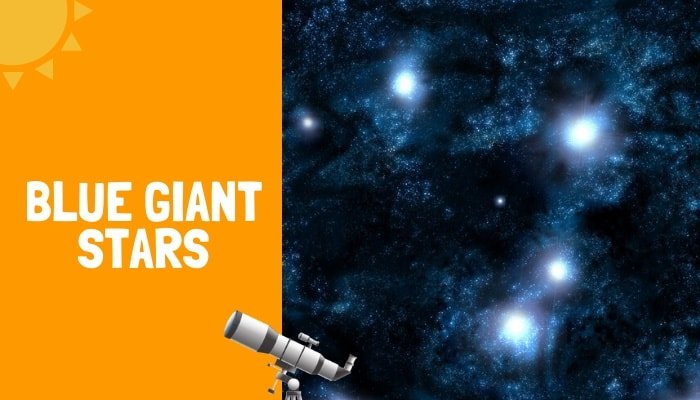There is a constellation in the Southern Hemisphere that has been hiding an incredible secret for over 200 million years. The two Spiral galaxies are being destroyed by each other and creating thousands of new stars at the same time. NASA says that this galaxy is in a state of “starburst,” whereby all the gasses are being used up to create new stars.
Facts About The Antennae Galaxies
- When galaxies combine as Antennae, they are more likely to end up becoming elliptical. The merger will erase all hints of their spiral arms.
- It is likely that when the Milky Way and Andromeda Galaxies collide, they will look similar to our Antennae at some point.
- Out of the millions of stars created during the Antennae merger, only 10% will last longer than ten million years.
- It’s amazing to think that these massive young star clusters will one day become the galaxy’s globular clusters.
- The Antennae galaxies are the closest two colliding galaxies to our Milky Way.
- The two galaxies are racing through one another at incredible speeds. Scientists estimate that they’re traveling hundreds of kilometers per second as they clash together.
- When two galaxies collide, all the material in between them that isn’t held together by gravitational pull flies off into space.
Within The Antennae Galaxy
When the Chandra X-Ray Observatory first discovered many bright points in Antennae Galaxy, it sparked a new wave of research into what these stars could be. After carefully examining and analyzing their data for years, scientists concluded that they were either super star clusters or neutron stars because black holes emit no light.
Super Star Clusters are a group of young stars that have been bound together by gravity. Neutron Stars, which are the core remains of a star that has collapsed due to its own weight, can be found in these clusters as well.
The black holes that secretly exist in Antennae Galaxy are bright since what is actually being observed is the hot gas from the stars within galaxies.
The Antenna Galaxy is also known as the galaxy with a bright pink core. The Chandra X-ray Observatory discovered that iron, magnesium, silicon, and neon are present in large quantities within its central area.
Scientists have found that two supernovas occurred in the colliding galaxies, back in 2004 and 2007. The confirmation of this event was confirmed by images from Hubble Telescope which confirms Chandra observations.
The Hubble has taken at least three images of the Antennae Galaxy, in 1997, 2006 and 2013 respectively.
These photos show what appears to be a stormy cosmic dance between stars with gas clouds that are being pulled from other galaxies as they collide against each other.
The arching cluster of blue-red stars is clearly visible around these colliding galaxies; this stellar stream also displays hot pink colors on its edges due to their extreme heat caused by all the energy released during collisions.
Antennae Galaxy Final Countdown
Scientists believe that within the next 400 million years, they will be able to witness an incredible collision between two galaxies.
A supermassive black hole will ultimately be the death of 10% of the youngest stars, and will eventually swallow up even entire galaxies.
The galaxy will be a mix of old and dying stars, with the majority being older. It will be surrounded by hundreds of stars, each with its own planetary systems.
Scientists have predicted that when the Milky Way collides with Andromeda, an intense burst of light will be produced with a similar outcome as above.
Antennae Galaxy Discovery
William Herschel, the British astronomer who discovered Uranus in 1781, also made an incredible discovery of two colliding galaxies that were previously unknown to science.
William’s sister, Caroline – who he called to “help me with my observations” and had a long career in science herself- was his assistant for many of his deep space observations.
William’s life was centered around the stars and his favorite instrument of choice for studying them were telescopes.
He built more than 400 over his lifetime but made one that changed the world. S telescope so large it took up an entire room in Greenwich Observatory.
Almost 40 feet long! The design not only allowed him to study space with unprecedented detail. He could also share those views by allowing scientists from all walks to visit their observatory without having to travel miles away like before.
William Herschel is credited with discovering more than 800 pairs of stars and 2000 celestial objects. It was not until 1926 that many people realized his discoveries were galaxies beyond the Milky Way.
The Antennae Galaxy was originally thought to be 63 million light-years from Earth, but research in 2008 from the Hubble Telescope now puts it at a much closer 45 miles.



